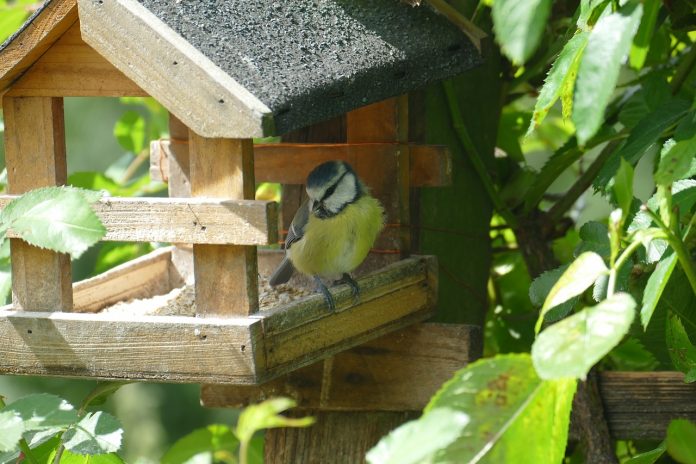According to the preliminary results of the recently released 2016 National Survey of Fishing, Hunting, and Wildlife-Associated Recreation, 101.6 million Americans 16 years old and older, 40 percent of the U.S. population, enjoyed some form of wildlife-related recreation.
The Survey shows that fishing attracted 35.8 million anglers, up 8 percent from 33.1 million in 2011. Freshwater fishing attracted the most anglers — 30.1 million.
The number of hunters (11.5 million) declined 16 percent from 13.7 million in 2011. Big game species attracted more than 9.2 million hunters.
And the number of wildlife watchers (86 million) surged 20 percent since 2011. These are folks who observe, photograph, and/or feed wildlife both at home and away from home.
By the numbers
Understanding the changes in hunter and watcher numbers over the last five years comes down to time and money.
Guns and ammunition are expensive, and getting to and from a hunting area takes time. And many hunters must take time off work to hunt.
Watchers, on the other hand, need only a pair of binoculars and a field guide, and they can enjoy wildlife in their own backyard or at nearby parks.
The Survey also shows that wildlife-related recreation continues to drive local economies.
Hunters spent $25.6 billion on equipment, licenses, trips, and other related expenses in 2011. That’s down 29 percent from $36.3 billion in 2011.
Anglers spent $46.1 billion on fishing-related activities, up 3 percent since 2011. And watchers, by far the largest group, spent $75.9 billion feeding, watching, and photographing wildlife, up 28 percent since 2011.
More than 59 million watchers fed wildlife at home, and they spent more than $4 billion just on bird food.
The 2016 Survey is the 13th in a series of analyses conducted every five years since 1955.
The purpose of these surveys is to collect information about Americans who hunt, fish, and watch wildlife. The U.S. Census Bureau, based on interviews with 22,416 households, collected the information.
Taxes
One of the more interesting findings of the survey is that while hunters and anglers pay for conservation, watchers continue to get a free ride.
Hunters, for example, spent more than $825 million on licenses, federal duck stamps, and various other state-authorized hunting stamps.
Anglers spent more than $586 million on their licenses and stamps. Plus, hunters and anglers pay a federal excise tax on their equipment.
Hunters pay an 11 percent tax on sporting arms and ammunition, and anglers pay a similar 10 percent federal excise tax on sport fishing equipment.
These funds are then allocated to the states based on the number of licenses sold and size of the state.
Watchers, on the other hand, are not required to buy a license to enjoy wildlife. Nor do they pay a federal excise tax on the equipment they use.
The biggest obstacle to an excise tax on watcher’s equipment is resistance from manufacturers of those products.
They strongly object to anything that increases the price of their products even though it would benefit the resources that keep them in business.
Unlike farsighted hunters and anglers in the first half of the 20th century who demanded they be taxed to ensure the future of wildlife conservation, watchers have been content to ride on sportsmen’s coattails.
One obvious way to provide additional federal funding for wildlife conservation would be to impose a federal excise tax on bird food, feeders, optics, cameras, and other products watchers use.
Wildlife watching tax
In 2016, watchers spent $12.1 billion on wildlife-watching equipment such as food, feeders, nest boxes, baths, optics, and camera equipment.
A federal excise tax of just 5 percent would generate $605 million annually. That would help balance the contributions to wildlife conservation by watchers, hunters, and anglers.
Alternatively, a voluntary, collectible, $10 annual federal wildlife watching stamp, sold at wildlife refuges, state parks, nature centers, and wild bird stores, would be a small step in the right direction.
At least it would give watchers an opportunity to support wildlife conservation. And I can’t imagine any watcher opposing that.













